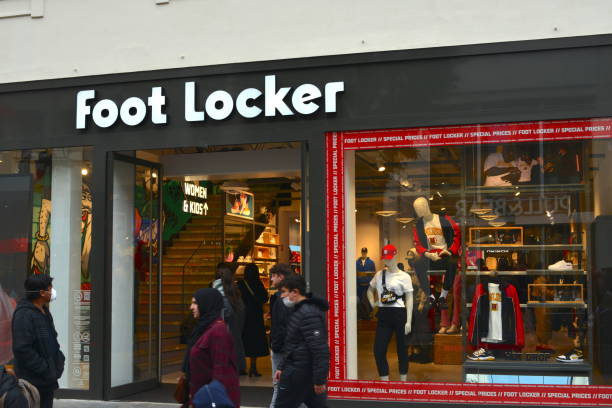In a startling turn of events, renowned retail giant Foot Locker has experienced a staggering plunge of more than 30% in its shares. This sudden downturn came as the company took the unexpected step of revising its guidance downwards, attributing the decline to what it terms ‘consumer softness.’ This article delves into the details surrounding this unexpected drop, the implications it holds for Foot Locker, and the potential ripple effects across the broader retail sector.
Foot Locker’s Steep Share Price Decline:
Investors and market analysts were taken aback as Foot Locker’s share prices nosedived by over 30%. This unprecedented decline happened in the wake of the company’s decision to slash its earnings guidance. Foot Locker, a leading footwear and sportswear retailer, has long been considered a bellwether for the retail industry, making this plummet a cause for concern among investors and stakeholders.
Blaming ‘Consumer Softness’ for the Setback:
The heart of Foot Locker’s announcement lies in its rationale for the guidance downgrade. The company squarely attributes the downturn to what it terms ‘consumer softness.’ This term typically points to a sluggishness in consumer spending, often triggered by economic uncertainty, shifts in consumer behavior, or external factors affecting purchasing power. While the company’s reliance on the term might provide a broad understanding, it also raises questions about the underlying issues contributing to this consumer softness.
Potential Implications for Foot Locker:
Foot Locker’s share plunge and the accompanying guidance reduction may have far-reaching implications for the company. Investors are likely to scrutinize the management’s response to this crisis, seeking reassurance and strategic plans to navigate through the challenges posed by the prevailing ‘consumer softness.’ How Foot Locker addresses these concerns could significantly impact its reputation, investor confidence, and long-term performance in the retail market.
Broader Ramifications for the Retail Sector:
Foot Locker’s experience might be indicative of larger trends within the retail sector. If ‘consumer softness’ is indeed a prevailing issue, it could potentially signal a broader pattern of reduced consumer spending across various retail segments. This situation could force retail companies to reevaluate their strategies, innovate their offerings, and find ways to entice consumers back into spending mode.
The sharp decline in Foot Locker’s shares and the subsequent guidance revision highlights the company’s vulnerability to the challenges posed by ‘consumer softness.’ As the retail industry navigates through an evolving landscape, it is imperative for companies like Foot Locker to adopt proactive measures, identify underlying issues, and explore innovative solutions to reignite consumer interest and spending. This incident serves as a reminder that even giants in the retail sector are not immune to market fluctuations and underscores the importance of adaptability in these unpredictable times.












